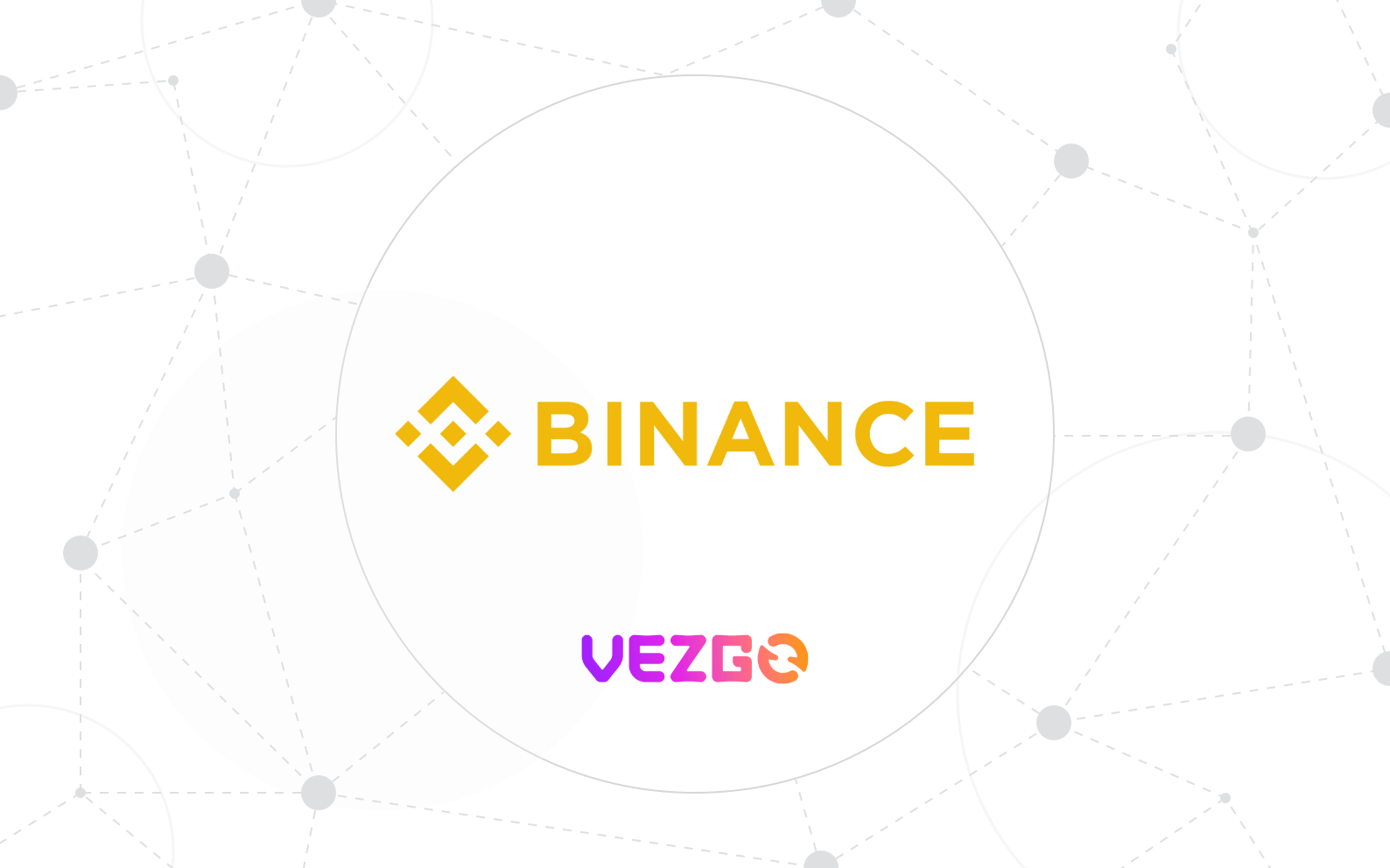
Learn how to integrate the Binance API alternative – Vezgo.
Many CEX platforms strive to deliver the best features for crypto traders and enthusiasts, trying to outdo one another and leaving users with a rich variety of options. Binance, the largest centralized exchanges by trading volume, is one such platform that continues to revolutionize the crypto space. For developers, the platform provides a robust API empowering them to build custom trading applications, automate trading strategies, and access real-time market data.
Vezgo poses itself as a formidable alternative to integrating the Binance API in-house, though, with an API that offers developers some of the core Binance API features as well as access to other crypto platforms and wallets that are revolutionizing the ecosystem.
In the rest of this piece, we’ll take a look at the Binance API and how the Vezgo API competes with it.
Key Features of the Binance API
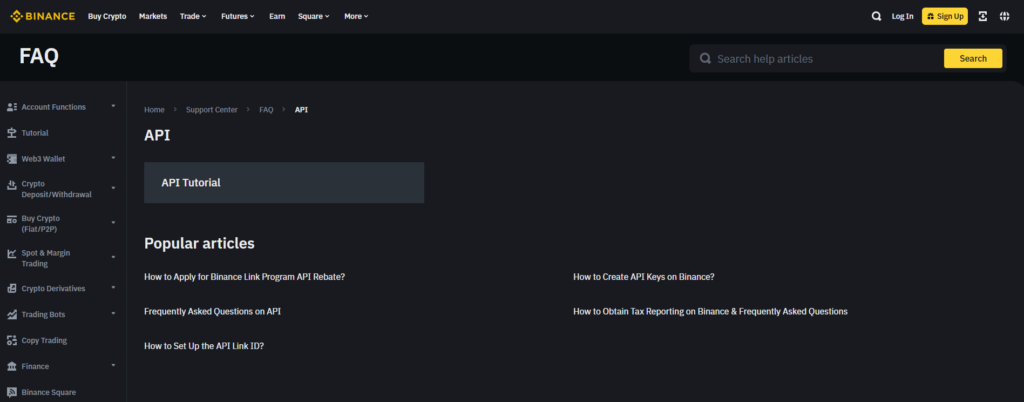
The Binance API offers a host of features that allow developers to access their platform and give users the best exchange experience. Here are some of these features.
Note: Binance may change their offerings from time to time. The features we’re about to mention are the latest ones as of the time of this writing. However, always refer to the Binance API documentation to get a list of their latest features.
1. Market Data Access
Binance API provides developers with access to real-time and historical market data from the Binance platform. This feature allows developers to build applications where users can stay in the loop, making informed decisions based on the latest price trends, trading volumes, and historical data.
2. Trading Functionality
The Binance API isn’t just about observing the market; It’s about taking action. With its robust trading functionality, developers can automate trading functionalities so that their users can execute spot and margin trades from outside the Binance trading platform.
3. Security Measures
In the world of cryptocurrency, security is paramount. Binance understands this and incorporates top-notch security measures into its API. Two-factor authentication and API key permission settings act as the guardians of users’ digital assets, ensuring a secure trading environment. Users can have a sense of owning a digital vault that not only safeguards their treasures but also ensures that only they hold the keys. The API uses secure HTTP (HTTPS) to encrypt communication. It also implements standard security practices that make the platform a haven.
4. Algorithmic Trading
For developers and tech-savvy traders, the Binance API’s Algorithmic Trading feature opens up a realm of possibilities. Users can automate their trading strategies and execute complex algorithms with their crypto assets on the crypto exchange.
5. Websockets for Real-Time Updates
The crypto market never sleeps, and neither does the Binance API. With support for WebSockets, the API provides real-time updates on trades, order book depth, and account balances. It allows users access to every movement in the market in real-time.
6. Account information
Information is power in the crypto landscape and the Binance API’s Account Information feature puts users in control. This is perfect for applications where users need to see their portfolio information from off the Binance platform. Examples of applications that may fall into this category are crypto data aggregators, wealth and portfolio trackers, tax and accounting software, etc.
Why Integrate with Vezgo instead of Binance API?
Integrating with Centralized Exchange APIs is usually a headache for developers for two main reasons:
- If they’re working on an application where they need access to multiple exchanges. The integration process goes one after the other, making the process agonizingly slow. This means more hours of work and more time often translates to more money.
- API endpoints change quite often. Exchanges make updates to their APIs all the time. They discontinue a bunch of endpoints and add new ones. This means developers have to constantly monitor these changes as they happen, or their users may be cut off unexpectedly.
These two reasons are why developers desperately need an alternative that doesn’t require slow integrations and constant monitoring. And this is where the Vezgo API comes in.
Vezgo: The Crypto API

The Vezgo API solves the two problems that the Binance API and other central exchange APIs have by using just one crypto API key to aggregate data from a host of applications in the crypto space. These applications include exchanges like Coinbase and Kraken, blockchains like Ethereum and Solana, and Wallets like Trust and Metamask.
Another advantage is that Vezgo takes the responsibility of monitoring and ensuring that these connections are active off the shoulders of developers. Vezgo now does that for you.
Vezgo prides itself on an array of profound clients including portfolio trackers like Wealthica and Merlin Investor, as well as other crypto tax software organizations like Awaken Tax and SoftLedger who already benefit from its innovative solutions. Already, the API engine has aggregated over $32 billion worth of assets and quickly rising.
For any API that’s going to have this much access to private data, security is a huge factor. Vezgo understands this, which is why we are SOC 2 Type 2 compliant while protecting users’ data with AES-256 encryption (a standard in the banking financial sector. In addition, every data in transit is encrypted with the latest TLS 1.2 protocol. All of these help to make sure there are no leaky pipes with the Vezgo API.
Another huge advantage the Vezgo API has over the centralized exchange APIs is that the full strength of our customer support is dedicated to the APIs. Exchanges, on the other hand, have too many things to deal with, which may make them slow to reply or offer ineffective solutions.
Learn more about the Vezgo Crypto API: Crypto Data Aggregation Made Easy
Vezgo’s Binance API Integration
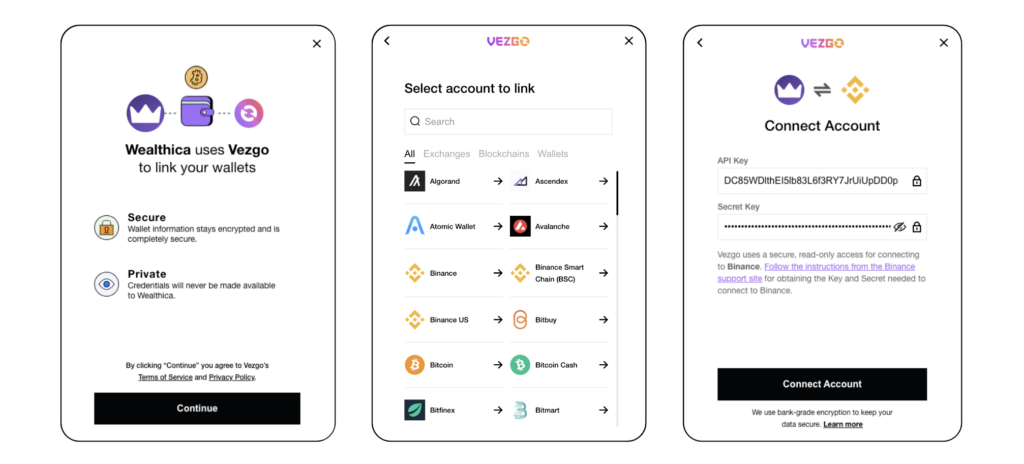
The integration with Binance’s API fetches read-only data. And with the Binance Integration, Vezgo offers many core benefits. To see the full extent of Vezgo’s Binance API integration and the supported account types, visit the list of integrations and click on Binance.
It’s worth mentioning, though, that Vezgo is a read-only API. It does not edit exchange data. As a result, the Vezgo API can’t perform tasks, such as withdrawal or trading using it.
About Binance
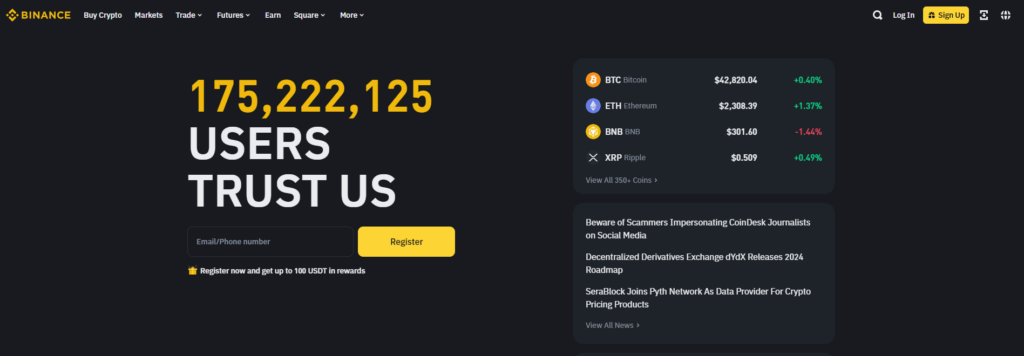
Binance, a global cryptocurrency exchange, set sail in the digital space in 2017, with its famous founder Changpeng Zhao. Originally founded in China, the platform later moved its headquarters to the more crypto-friendly environment of Malta. Renowned for its user-friendly interface and extensive range of services, Binance quickly ascended the ranks to become one of the world’s largest and most influential crypto exchanges.
Binance offers a myriad of services, including spot and margin trading, futures contracts, savings accounts, and even its native cryptocurrency, Binance Coin (BNB). The exchange’s commitment to security is evident through features like two-factor authentication and stringent API key permission settings, ensuring a safe environment for users to trade and invest in digital assets.
Binance’s global presence and continuous evolution make it a go-to platform for all kinds of traders, playing a pivotal role in shaping the landscape of the crypto world. With a forward-thinking approach and a commitment to providing cutting-edge services, Binance remains a beacon in the evolving digital finance space.




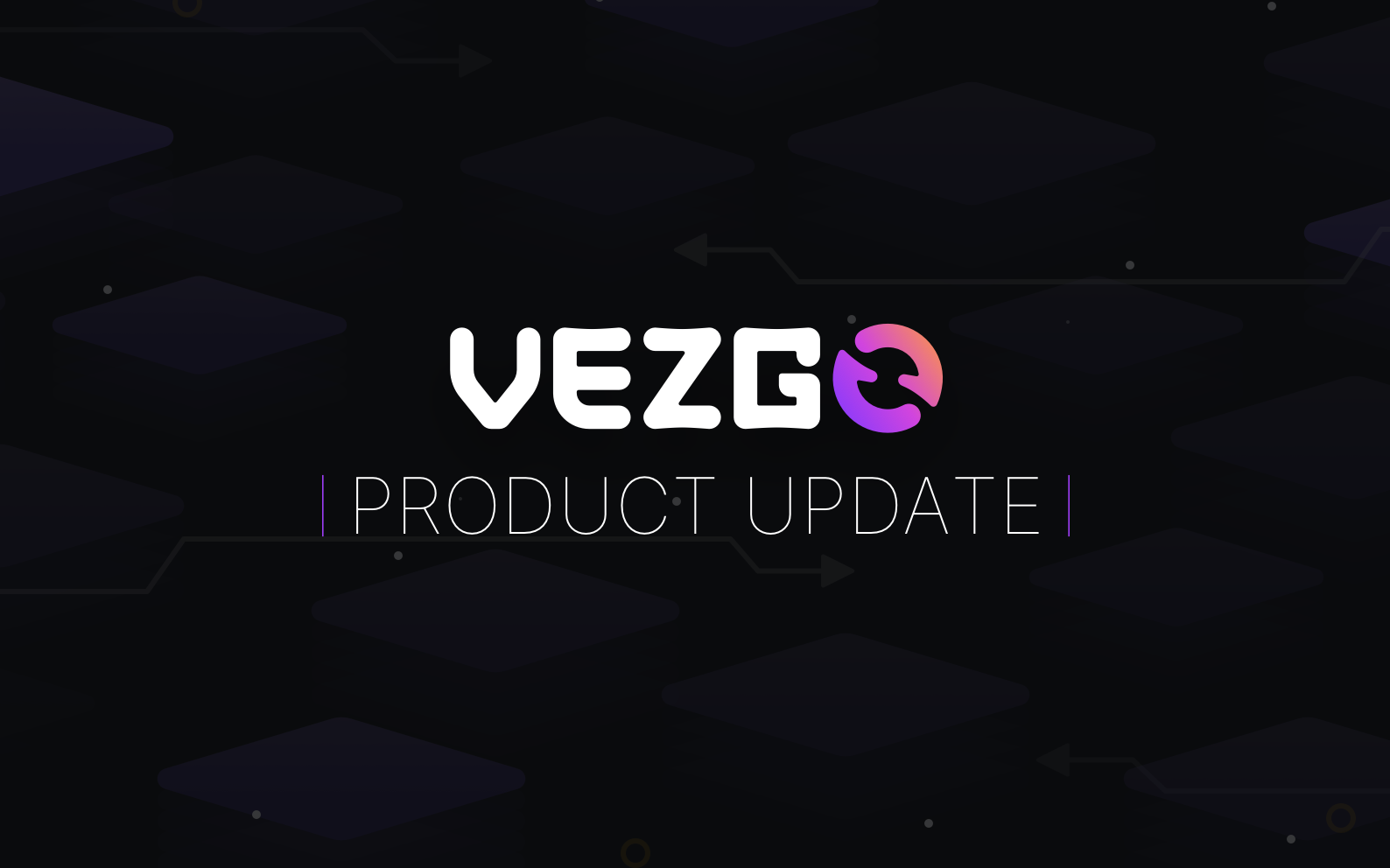
Leave a Reply